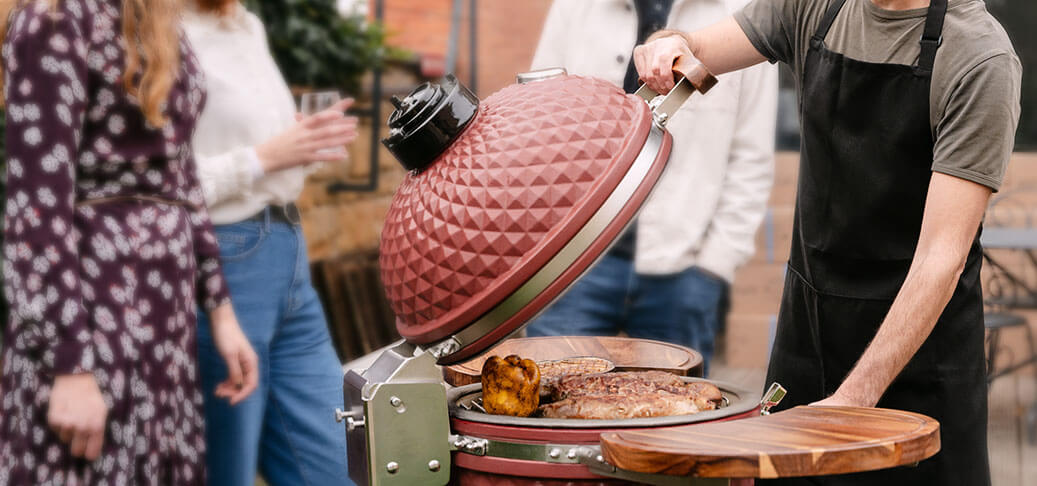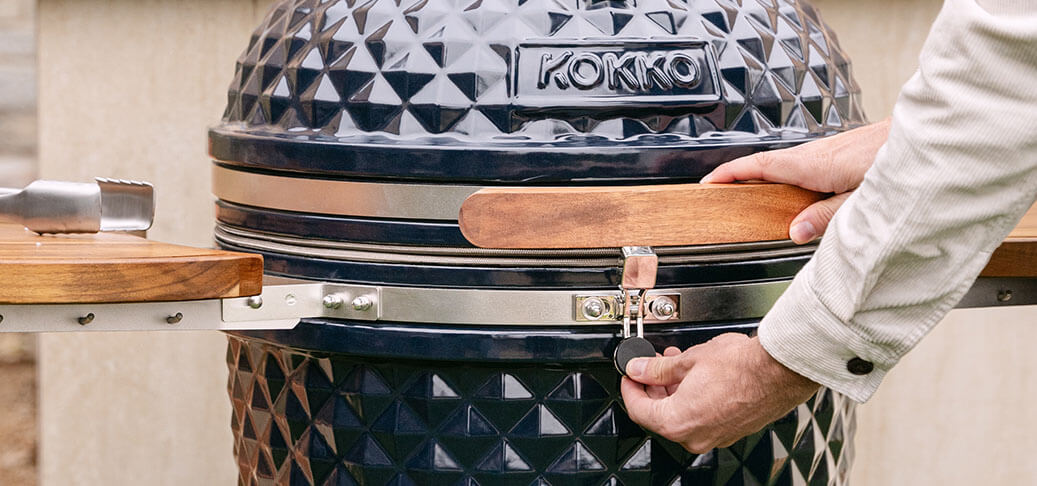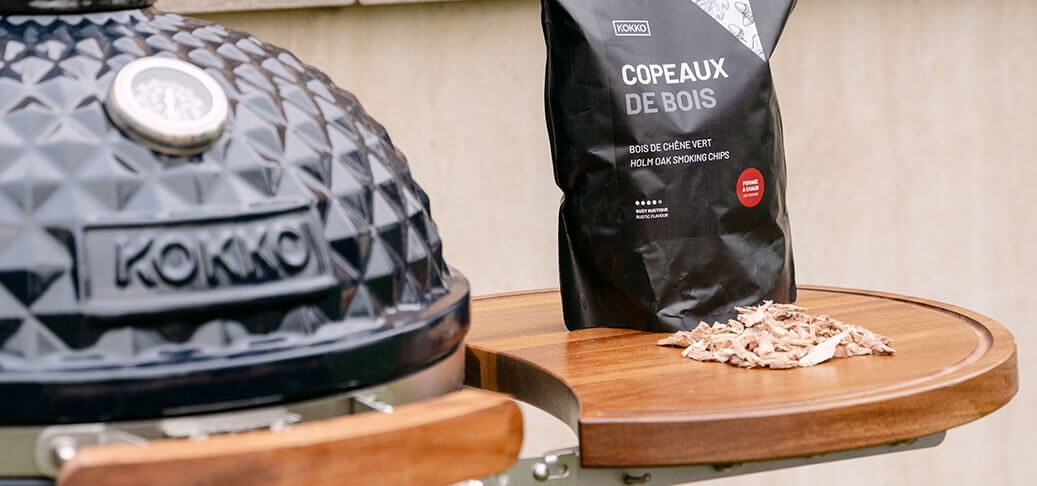
Bulgogi, popular and delicious
By type of dish
Meats
By cooking method
Indirect cooking
By culinary origin
Asian cuisine
The Kokko Lovers' Journal
September 25, 2020




